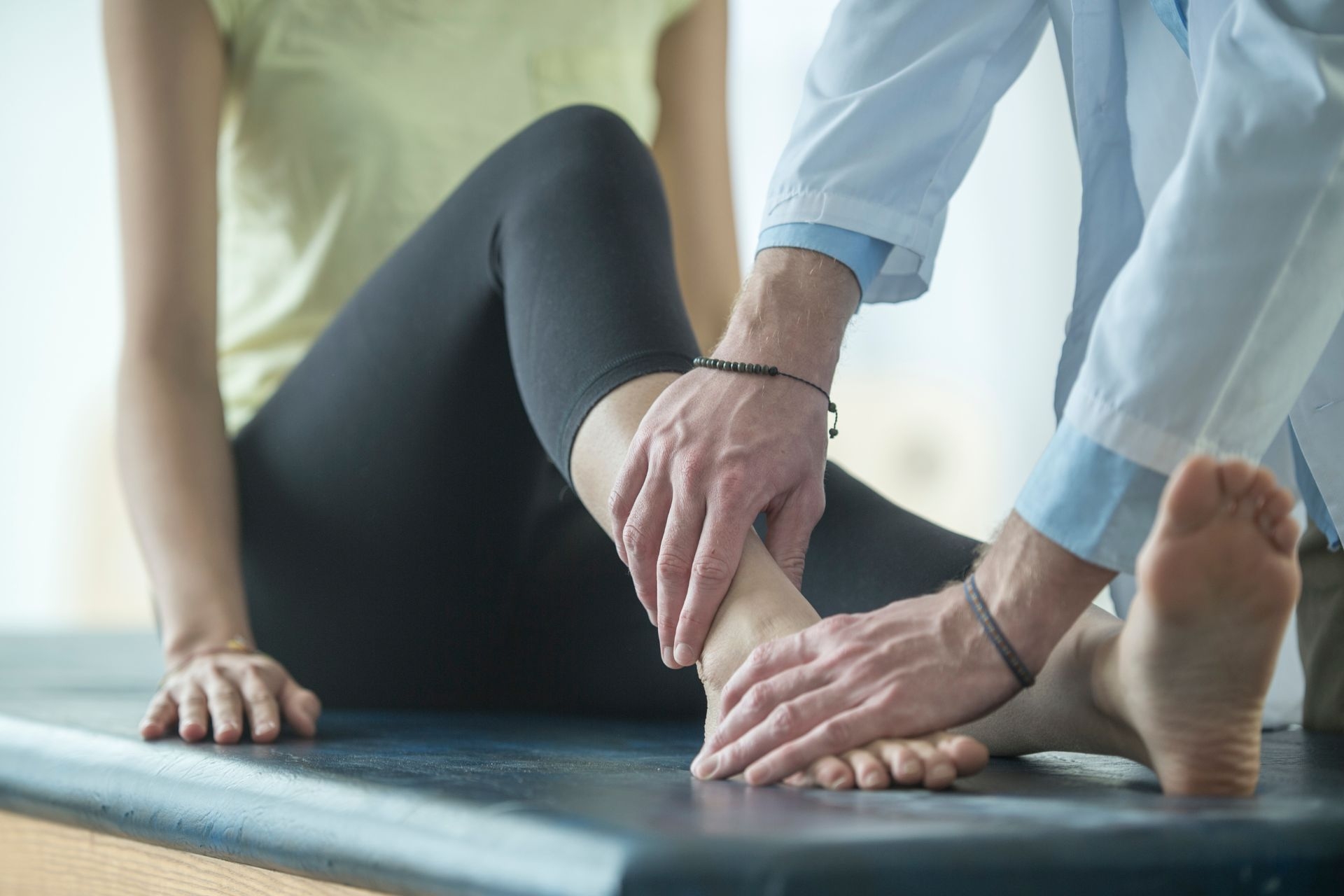Postural Assessment
How does postural assessment help in identifying musculoskeletal imbalances?
Postural assessment plays a crucial role in identifying musculoskeletal imbalances by analyzing the alignment and positioning of the body. By observing how an individual stands, walks, and moves, healthcare professionals can pinpoint areas of asymmetry, weakness, or tightness that may be contributing to postural deviations. This assessment helps in detecting issues such as kyphosis, lordosis, scoliosis, and pelvic tilt, which can lead to pain, discomfort, and decreased range of motion if left unaddressed.
Musculoskeletal Assessment and Physical Therapy



